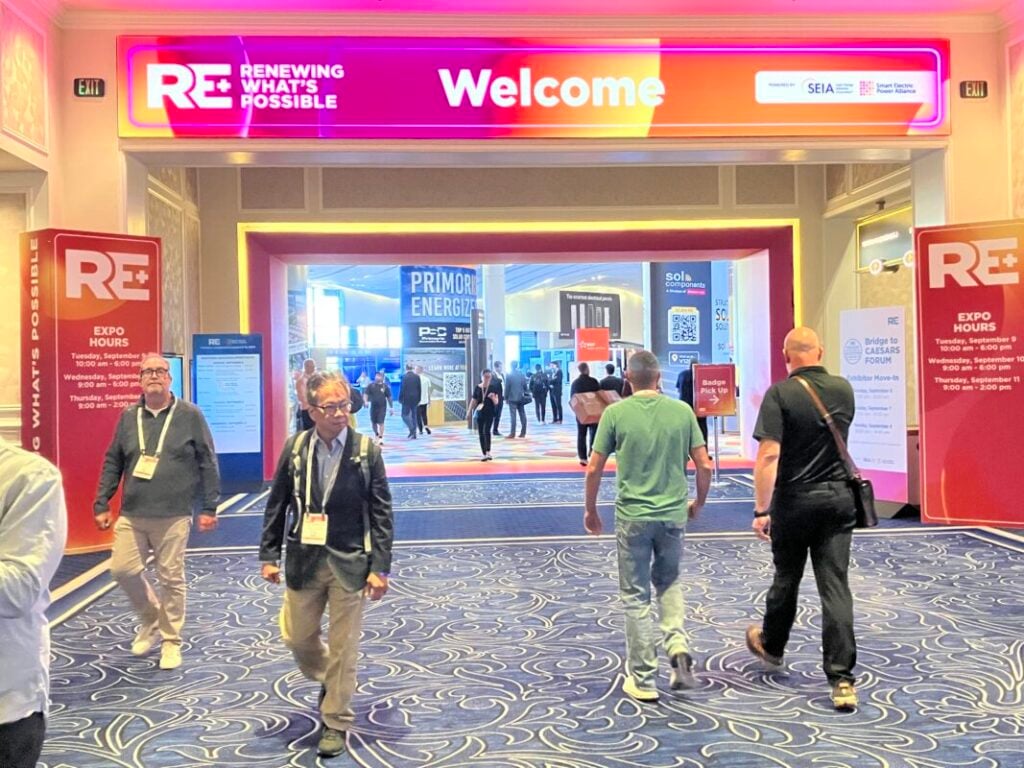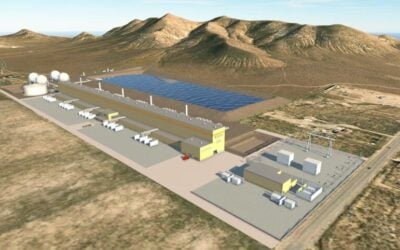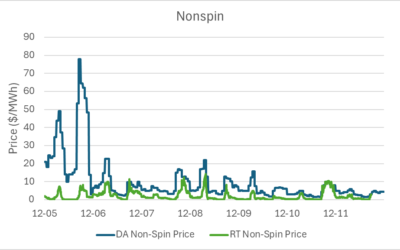
The US energy storage industry is becoming better equipped to handle the policy uncertainty which has characterised the year so far, Energy-Storage.news has heard.
We spoke with Isshu Kikuma, energy storage senior associate and Derrick Flakoll, senior policy associate for North America at BloombergNEF (BNEF), ahead of the full opening of the RE+ clean energy trade show conference in Las Vegas, Nevada, on Tuesday.
Kikuma will give a presentation on the market later in the week. He told us that two main themes will recur among several topics: the current state of policy uncertainty and the projected growth in electricity demand across the US in the coming years.
The well-documented policy uncertainty is exemplified by, but not limited to, US import tariffs and the future of tax credits.
Try Premium for just $1
- Full premium access for the first month at only $1
- Converts to an annual rate after 30 days unless cancelled
- Cancel anytime during the trial period
Premium Benefits
- Expert industry analysis and interviews
- Digital access to PV Tech Power journal
- Exclusive event discounts
Or get the full Premium subscription right away
Or continue reading this article for free
Fluence said in its most recent quarterly financial results release that customers’ projects, which had been put on hold as the tariff issue emerged in April and H.R. 1 ‘One, Big, Beautiful Bill Act’, was making its way through the legislature, are back in full development swing. Other companies have said similar things.
“I think the market is now getting used to some of the uncertainty,” Kikuma said, while some of the uncertainties that existed a few months ago are looking a little more settled.
The reciprocal tariffs placed on countries that trade with the US (and some that do not) and the subsequent back-and-forth escalation of tariffs between the US and China “definitely shook the market quite a lot,” he said.
The 90-day pause on extremely high US-China tariffs was renewed for a further three months from mid-August, which at least gives developers a window of some relative certainty to work around.
Policy expert Derrick Flakoll said the extended tariff pause coincides with the apparent finalisation of trade deals with major battery-producing regions that are not China, namely South Korea and countries in Southeast Asia.
“On top of that, the underlying fiscal policy certainty of what the tax credits are going to look like is mostly set. The deadlines are mostly known,” Flakoll said.
“The foreign entities of concern (FEOC) rule is obviously still an issue, but if you can begin construction on your project before the end of this year, you don’t have to worry about that. So that’s another sort of spur to activity picking back up. There’s a bit of a race.”
The Trump administration still needs to clarify rules, and Flakoll said it is “inevitable” that the market will take a stop-start, staccato approach: “pausing while things are uncertain, resuming when they’re more certain.”
FEOC rules still to have ‘big impact’
The administration moved as quickly as it could to remove incentives for solar PV, wind and electric vehicles (EVs) and basically, hindering the uptake of those technologies in any way it could.
Much has been made of the fact that energy storage tax credits remain in place, although the new FEOC rules add restrictions and layers of complexity.
Flakoll notes that the government moved the goalposts after the H.R 1 legislation passed concerning the start of construction date definitions for wind and solar.
Start of construction dates matter because of the timelines for receiving tax credits for wind and solar, which are winding down rapidly. Traditionally, a project could be counted as ‘in construction’ if 5% of the capex has been invested, or if any physical work has begun, including offsite work to prepare equipment such as transformers.
“The [new] guidance eliminates the 5% threshold for wind and solar, beginning as of this month, and it only affects wind and solar. It never mentioned storage, which means, by default, the existing rules for storage are still in place,” Flakoll said.
This perhaps takes us back to the second of Isshu Kikuma’s two big presentation themes: growing electricity demand across the US, which the development of hyperscale data centres for AI computing has accelerated.
Kikuma said that one perspective often heard is that forecasted load growth over the next decade or so is so immense that it likely cannot be done without energy storage being heavily involved.
Nonetheless, while it kept its tax credits, the addition of FEOC rules presents a big challenge for the industry, Kikuma said.
“If you look at the import value of lithium-ion batteries in the US, basically, three-quarters are coming from China. So, definitely, that restriction for projects starting after 2025, when it comes to the construction year, will have a big impact on energy storage.”





